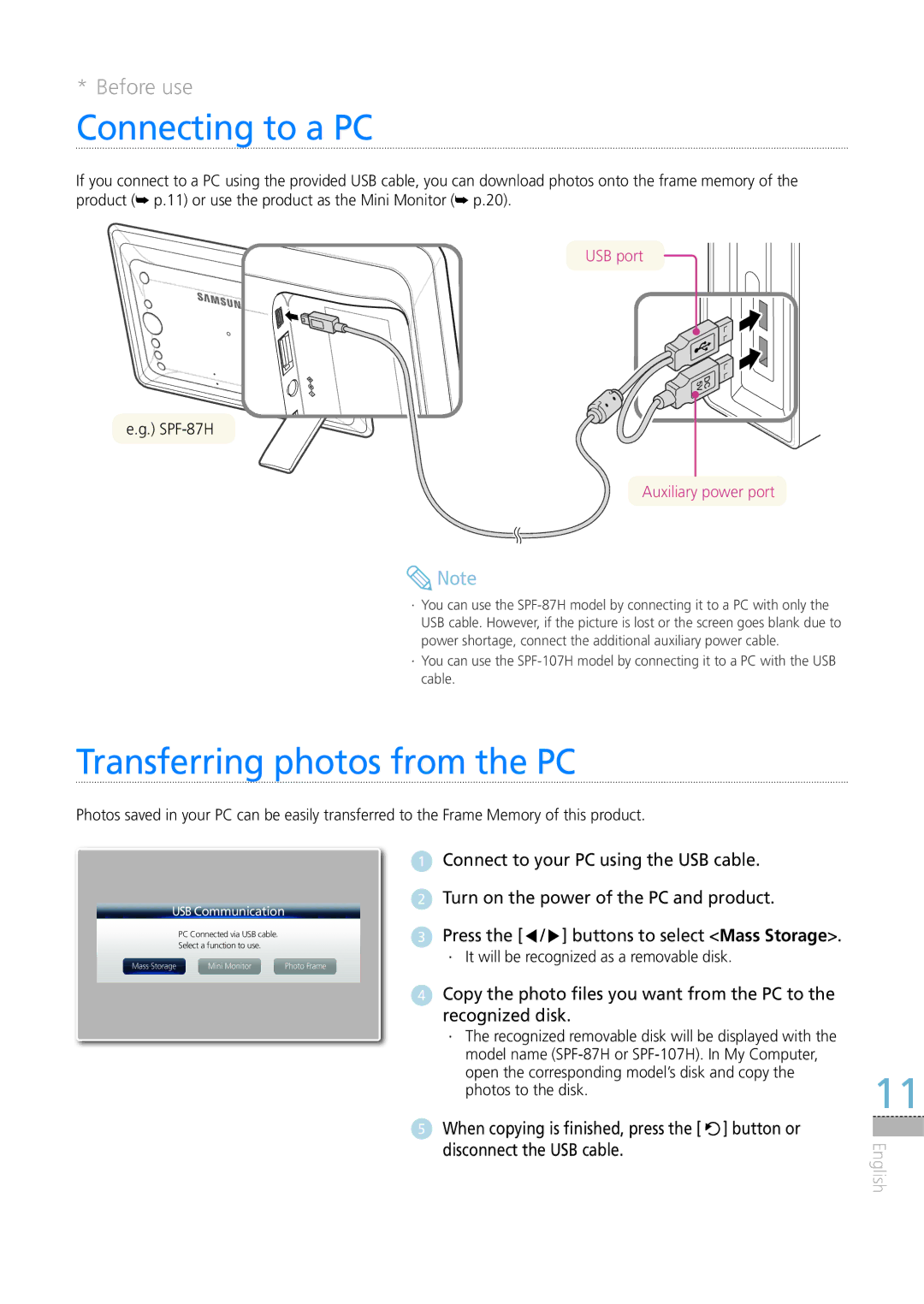LP10IPLSBTZEN, LP08IPLSBTZEN, LP08IPLEBTZEN specifications
Samsung is renowned for its state-of-the-art technology and innovative products, and the LP08IPLEBTZEN, LP08IPLSBTZEN, and LP10IPLSBTZEN are no exceptions. These integrated circuits, primarily used in electronic devices, showcase Samsung's commitment to functionality, efficiency, and design excellence.The LP08IPLEBTZEN is a highly efficient low dropout (LDO) linear regulator that provides a stable output voltage with a minimal difference between the input and output. This feature is particularly beneficial for battery-powered devices, as it prolongs battery life by minimizing energy loss. Capable of delivering up to 300mA, the LP08IPLEBTZEN also offers excellent transient response, making it ideal for devices that require quick adjustments to power demands.
Similarly, the LP08IPLSBTZEN serves as another variant of the LDO regulator, designed for similar applications but with a specific focus on lower noise and ripple output. This enhanced performance makes it particularly suitable for audio and sensitive analog circuits, ensuring high fidelity and reliability in sound reproduction. With a low ground current and a wide input voltage range, this regulator seamlessly supports a variety of power management architectures, allowing designers greater flexibility in their projects.
On the other hand, the LP10IPLSBTZEN represents a more powerful offering in this lineup, providing a higher output current capability of up to 1A. This makes it suitable for more demanding applications, including those needing robust power supply solutions. Its advanced thermal management features prevent overheating during prolonged operations, ensuring longevity and reliability.
In addition to outstanding electrical characteristics, all three regulators integrate low thermal resistance packaging, which enhances their durability and performance under various environmental conditions. Moreover, Samsung has engineered these devices to support a wide operating temperature range, making them applicable in both consumer electronics and industrial applications.
With a commitment to quality and innovation, these regulators exemplify Samsung's dedication to providing power management solutions that meet modern electronic demands. Their versatility, efficiency, and durability make them a preferred choice among engineers and designers seeking reliable power management options in their electronic circuits.

